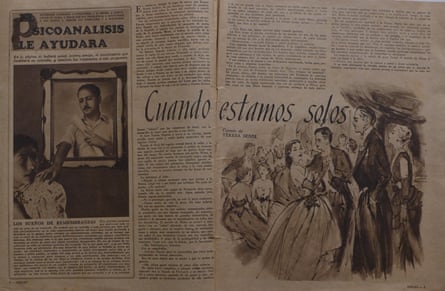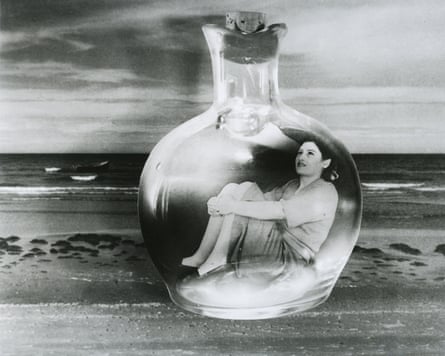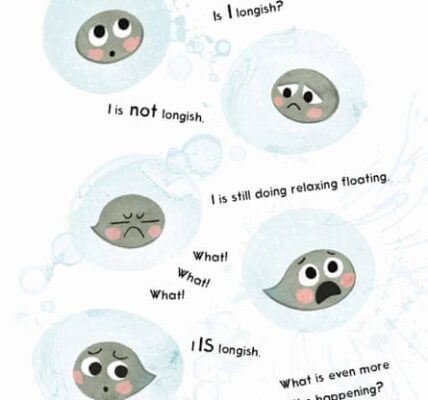Dr. Frasier Crane, known for his Freudian views, popularized psychoanalysis through his radio show in the 1990s. In the show, he often argues with his brother Niles, who follows the teachings of Jung. However, almost fifty years prior to this, a Brazilian version of Frasier was already practicing in a similar manner.
Gastão Pereira da Silva, a devoted follower of Sigmund Freud and a psychiatrist, hosted a successful radio show in Brazil in the 1940s called “The World of Dreams,” showcasing the profound impact of Freud’s ideas in Latin America, a region that the founder of psychoanalysis never personally visited.
Pereira da Silva, host of a show on Rádio Nacional, which can be compared to the BBC, had a large audience similar to what Frasier’s show on KACL in Seattle would desire. He would share listeners’ dreams on air and have actors perform them, while also providing psychoanalysis.

This is just one instance of how Latin America has long embraced psychoanalysis, specifically Freudianism. This is showcased in an exhibit at the Freud Museum London, located in his last residence in Hampstead.
The exhibition features a variety of mediums, such as letters, photography, surrealist art, books from Freud’s personal collection, comics, magazines, and newspapers, to showcase his impact on Central and South America. This region has become a prominent hub for psychoanalysis, with Buenos Aires said to have the most psychoanalysts per person in the world.
While Freudian psychoanalysis is commonly associated with Europe and its origins in Vienna, its influence in Latin America can be seen as the most significant, as it has spread to countries such as Argentina, Brazil, Chile, Mexico, and Peru.
Jamie Ruers, the curator of the exhibit on Freud and Latin America, stated that Pereira da Silva was deeply influenced by Freudianism. He identified as a psychoanalyst and shared similarities with Frasier Crane in their approaches. Both of them challenged societal taboos about therapy by making it accessible to a wider audience. This was a unique and groundbreaking concept, as there were few individuals using radio as a platform to popularize therapy in this manner.

The exhibition’s main focus is the widespread delivery of psychoanalysis, specifically Freudian psychoanalysis, to Latin America starting in the 1930s and 40s. One of the exhibits includes an audio recording of a show.
The practice of psychoanalysis, specifically the analysis of dreams, became integrated into the cultures of Latin America. In the 1930s, a newspaper in Buenos Aires called Jornado encouraged readers to share their dreams for interpretation by a “Freudiano”. A women’s magazine in Argentina, similar to modern-day Cosmopolitan, featured dream analyses accompanied by surrealist photographs by Grete Stern.
According to Ruers, women submitted their dreams to be analyzed, along with gorgeous, striking, photomontage surreal artworks. The exhibition also includes pieces by Brazilian poet and woodcut artist Jose Borges, as well as Mexican multimedia artist Santiago Borja.
Additional important figures featured in the production are Juliano Moreira, a doctor of Brazilian descent and descendant of enslaved individuals. Moreira first came across the name of Sigmund Freud at a medical conference in London in 1913 and subsequently introduced psychoanalysis into the medical field in Brazil. To this day, there are medical facilities named in his honor.

As a child, Freud was drawn to the Spanish language but never learned Portuguese. This was motivated by his desire to read Miguel de Cervantes’ Don Quixote in its original form. During his teenage years, Freud taught himself Spanish and corresponded with his friend Eduard Silberstein using Spanish pen names inspired by Cervantes’ work, The Dialogue of the Dogs. Freud went by Cipión and Silberstein used Berganza.
During the 1920s, Freud developed a strong bond with Peruvian psychiatrist Honorio Delgado, whom he referred to as his “first foreign friend”. They maintained communication through letters, shared books, and exchanged gifts for many years.
After becoming a refugee in 1938, Freud relocated to London and brought 34 out of his 62 books from Latin America. These books were special as they had been personally dedicated by their authors.
According to Ruers, this display will share intriguing narratives about Sigmund Freud that are unfamiliar to the public.
-
The Freud Museum in London NW3 5SX will be hosting an event on Freud and Latin America from January 17th to July 14th, 2024. To purchase tickets, please visit www.freud.org.uk.
Source: theguardian.com

